Who brought the rugosas over?
veilchen
16 years ago
Related Stories
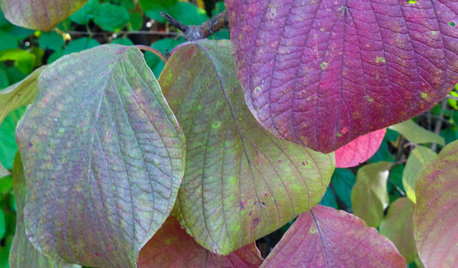
FLOWERS AND PLANTSCornus Rugosa, an Understated, Elegant Native Dogwood
Plant roundleaf dogwood for showy white flowers favored by pollinators in spring and for beautiful foliage in fall
Full Story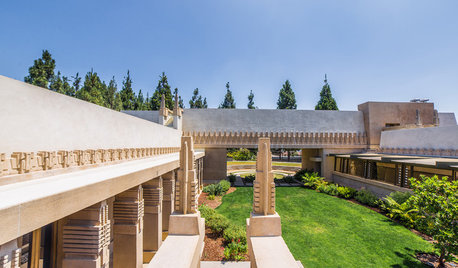
HOUZZ TVFly With a Drone Over Frank Lloyd Wright's Hollyhock House
Join us as we take a mesmerizing flight through and over Frank Lloyd Wright’s Hollyhock House
Full Story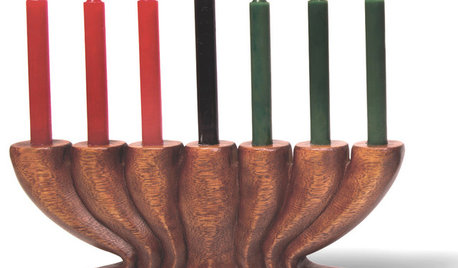
HOLIDAYSCelebrating Kwanzaa: Honor African Heritage All Over the Home
Bring the spirit of this weeklong celebration home by embracing its traditions and decorating with African-inspired pieces
Full Story
KITCHEN DESIGNUsing White Marble: Hot Debate Over a Classic Beauty
Do you love perfection or patina? Here's how to see if marble's right for you
Full Story
DECORATING GUIDESHow to Decorate When You're Starting Out or Starting Over
No need to feel overwhelmed. Our step-by-step decorating guide can help you put together a home look you'll love
Full Story
KITCHEN DESIGNKitchen of the Week: Making Over a Rental for About $1,500
Fresh paint, new hardware, added storage, rugs and unexpected touches breathe new life into a Los Angeles apartment’s kitchen
Full Story
DECORATING GUIDESSo Your Style Is: Black, White and Read All Over
Make headlines at home with newsworthy decor
Full Story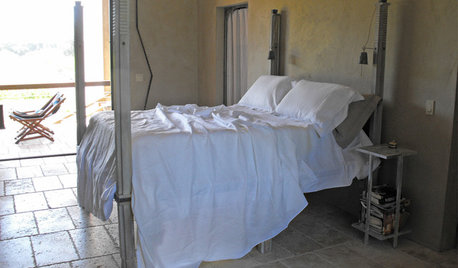
PRODUCT PICKSGuest Picks: Loving Linen All Over the Home
Charmingly rumpled or ironed smooth, these linen finds from napkins to curtains bring casual elegance to rooms
Full Story
HOUZZ TOURSMy Houzz: Collecting Over Time in Canberra
Artwork, secondhand finds and collectibles mingle exuberantly in a newly bright and open Australian home
Full StorySponsored
Leading Interior Designers in Columbus, Ohio & Ponte Vedra, Florida







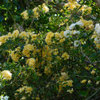

barbarag_happy
anntn6b
Related Discussions
Thinking about rugosas and my steep, sunny slopes
Q
So... who has brought their dahlias out of storage yet?
Q
Rugosa roses in zone 7
Q
Who brought the little oranges?
Q
palustris
michaelg
anntn6b
veilchenOriginal Author
anntn6b
palustris
anntn6b
phil_schorr
mariannese
shootingstar2
shootingstar2
berndoodle
iowa_jade
mike_rivers
mike_rivers
jbcarr
kaylah
anntn6b
anntn6b
mariannese
michaelg
suzy_verrier
jbcarr
oldroser
anntn6b
suzy_verrier